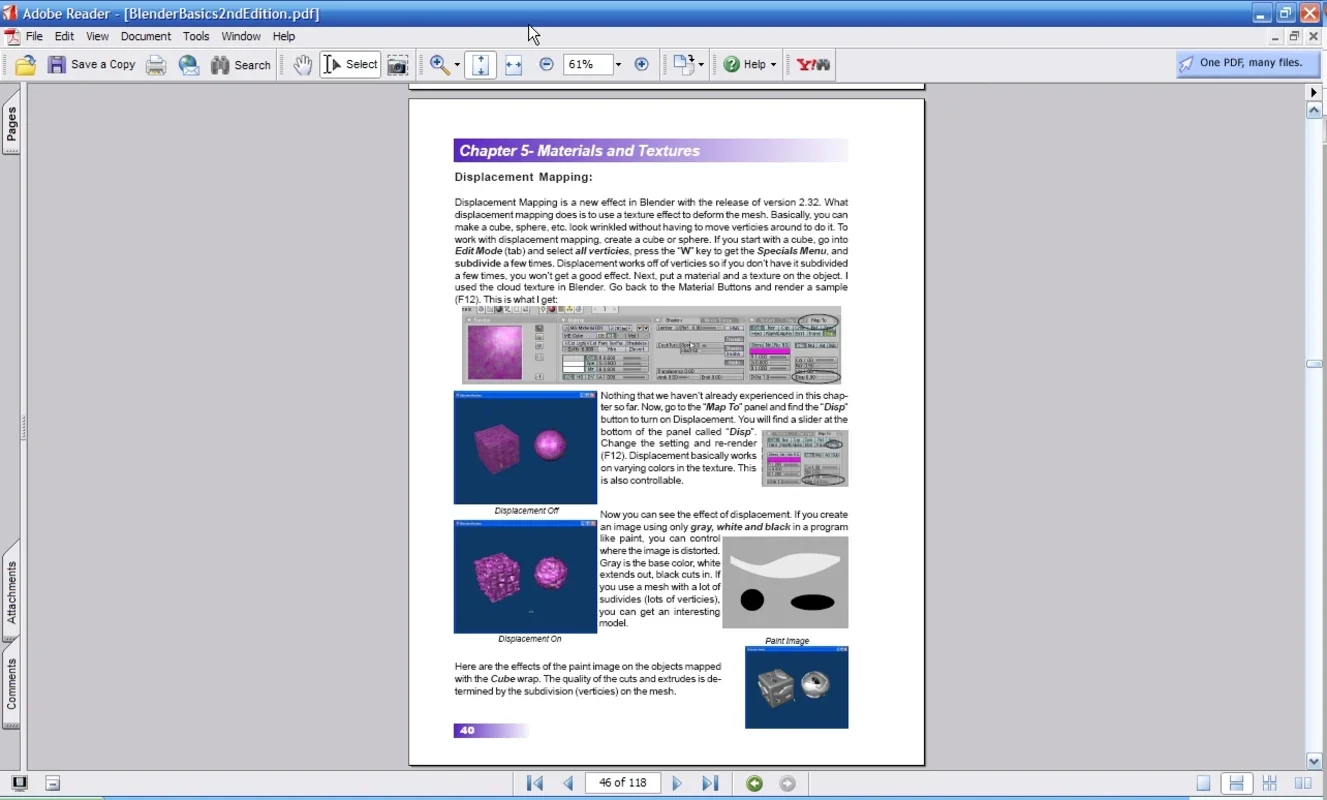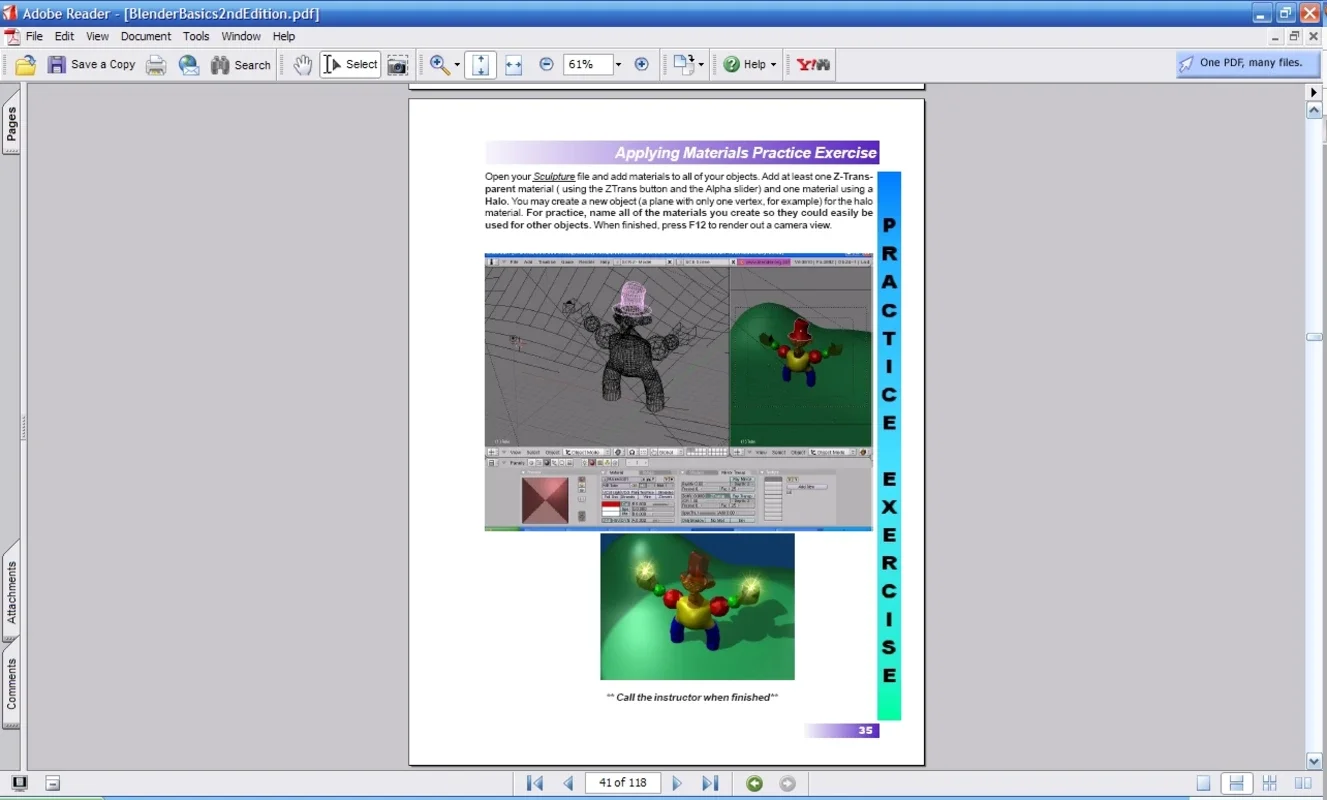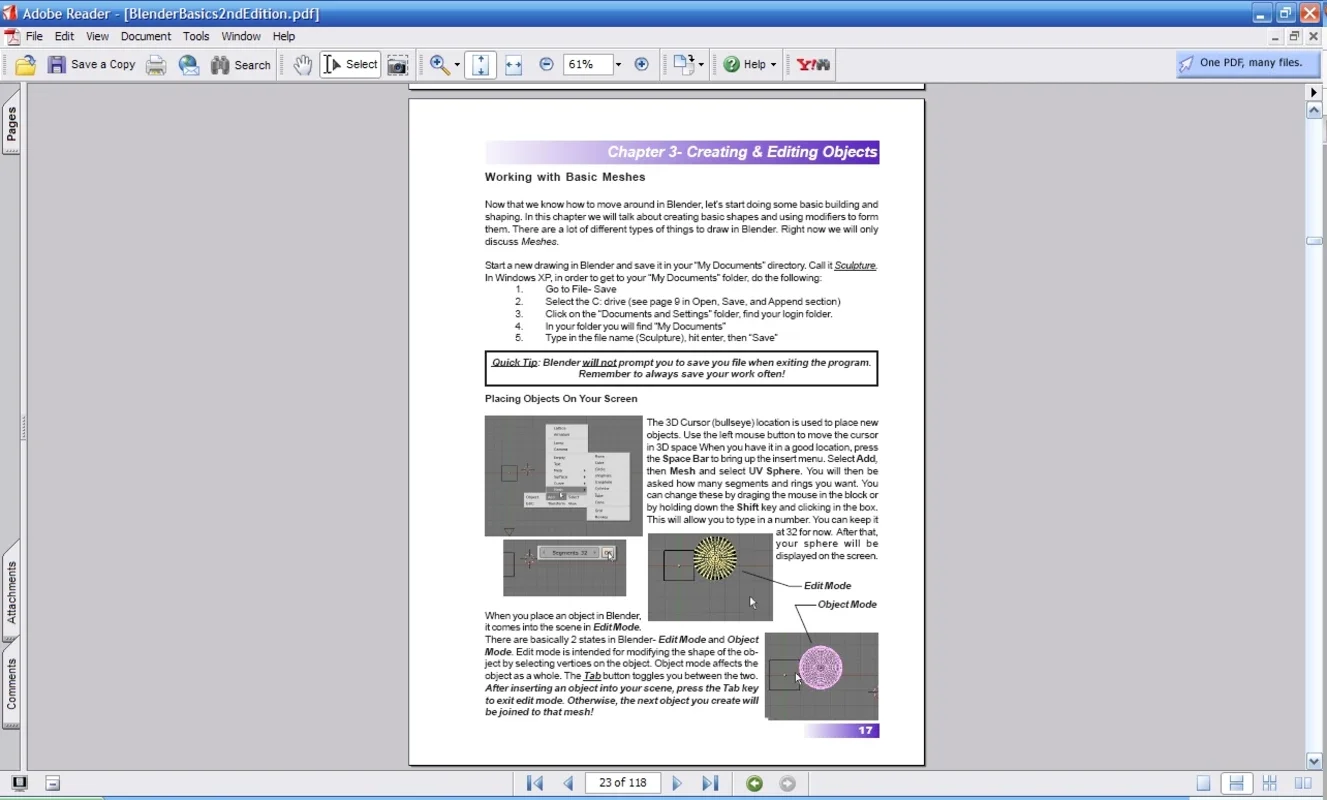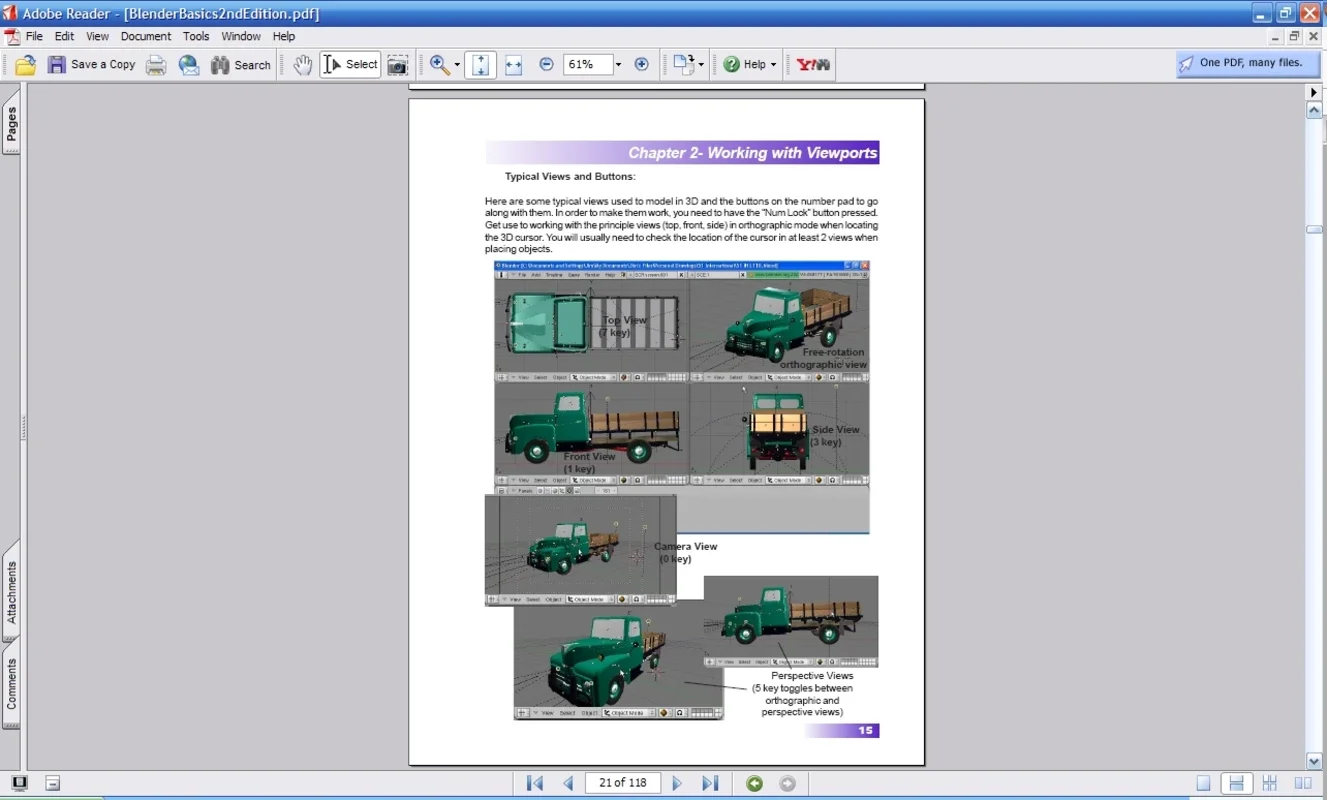Blender Basics App Introduction
This manual provides a thorough introduction to Blender, a powerful and versatile open-source 3D creation suite. Whether you're a complete beginner or have some prior experience with 3D software, this guide will equip you with the skills to create stunning 3D models, animations, and even video games. We'll explore Blender's core functionalities, from interface navigation to advanced techniques, all explained with clear instructions and practical exercises.
Getting Started with Blender
This section covers the essentials of navigating Blender's interface. We'll explore the various panels, menus, and tools that make up Blender's workspace. You'll learn how to manipulate objects, use the viewport, and understand the basic workflow for creating 3D models.
Understanding the Interface
Blender's interface can seem daunting at first, but with a little guidance, you'll quickly become comfortable navigating its various components. We'll break down the key areas: the 3D viewport, the properties panel, the tool shelf, and the outliner. You'll learn how to customize your workspace to suit your preferences.
Basic Navigation and Manipulation
Mastering basic navigation is crucial for efficient 3D modeling. This section covers the essential keyboard shortcuts and mouse controls for rotating, panning, and zooming in the 3D viewport. You'll also learn how to select, move, rotate, and scale objects using Blender's intuitive tools.
Creating 3D Objects
This section delves into the creation of various 3D objects using Blender's modeling tools. We'll cover different techniques, from basic primitives to more advanced modeling methods. You'll learn how to create complex shapes and refine your models to achieve professional results.
Primitives and Mesh Editing
Blender offers a range of basic shapes, or primitives, that serve as the foundation for more complex models. We'll explore cubes, spheres, cylinders, and other primitives, and learn how to manipulate them using various mesh editing tools. This includes techniques like extruding, scaling, and beveling.
Advanced Modeling Techniques
Once you've mastered the basics, we'll explore more advanced modeling techniques, such as sculpting, subdivision surface modeling, and retopology. These techniques allow you to create highly detailed and realistic models.
Lighting and Camera
This section focuses on the crucial aspects of lighting and camera placement in your 3D scenes. Proper lighting and camera angles are essential for creating visually appealing and engaging content. We'll explore different lighting techniques and camera settings to achieve the desired aesthetic.
Setting Up Lights
We'll explore different types of lights, including point lights, spot lights, and area lights. You'll learn how to adjust their properties, such as intensity, color, and falloff, to create realistic and dramatic lighting effects.
Camera Positioning and Angles
The camera is your viewer's window into the 3D world. This section covers the techniques for positioning and adjusting your camera to capture the best possible views of your models and scenes. We'll discuss different camera angles and perspectives to enhance the storytelling in your projects.
Textures and Materials
This section explores the use of textures and materials to add realism and detail to your 3D models. We'll cover various techniques for creating and applying textures, and learn how to use materials to define the surface properties of your objects.
Creating and Applying Textures
We'll explore different types of textures, including image textures, procedural textures, and noise textures. You'll learn how to create your own textures or use pre-made textures to add visual interest to your models.
Material Properties and Shading
Materials define the surface properties of your objects, such as color, roughness, and reflectivity. This section covers the techniques for creating and adjusting materials to achieve realistic and stylized looks. We'll explore different shading techniques to enhance the visual appeal of your models.
Game Engine Basics
This section provides a foundational introduction to game development within Blender's Game Engine. You'll learn how to create simple interactive 3D environments and add basic game mechanics.
Setting Up a Game Scene
We'll cover the process of setting up a basic game scene, including adding objects, lights, and a camera. You'll learn how to configure the game engine settings to optimize performance.
Adding Game Logic
This section introduces the basics of game logic in Blender's Game Engine. You'll learn how to add simple interactions, such as movement and collision detection, to your game objects.
Advanced Techniques
This section explores more advanced techniques in Blender, such as animation, rigging, and compositing. These techniques allow you to create dynamic and visually stunning 3D content.
Animation Basics
We'll cover the fundamentals of animation in Blender, including keyframing, constraints, and animation modifiers. You'll learn how to create smooth and realistic animations.
Rigging and Character Animation
This section delves into the process of rigging characters for animation. You'll learn how to create a skeletal structure for your characters and use it to control their movements.
Compositing and Post-Production
Compositing allows you to combine multiple layers of imagery to create complex and visually stunning effects. This section covers the basics of compositing in Blender, including adding effects, adjusting colors, and creating final renders.
Conclusion
This manual has provided a comprehensive overview of Blender's capabilities. By following the instructions and completing the exercises, you'll have a solid foundation in 3D modeling, animation, and game development. Remember that practice is key to mastering Blender, so continue experimenting and exploring its vast features to unlock your creative potential.



